Your cart is empty
Keep ShoppingLocating pounamu - the gemstone that swims like a fish
Jade, or 'pounamu' as it is known to Māori, has been used to craft beautiful ornaments for thousands of years. Pounamu is famous for being highly valued in Māori culture, though its rich cultural history extends beyond New Zealand's shores too, with discoveries of jade jewellery in India and China dating as far back as 1600BC.
In New Zealand, nearly all pounamu is nephrite jade, though Māori also classify the gemstone bowenite as pounamu. It is particularly prized by Ngai Tahu iwi, as many of the rivers and tributaries where pounamu is found flow through their land, with a significant portion coming from the Arahura river on the West Coast of Te Waipounamu (the South Island).

Pounamu is considered taonga by Māori, which can be roughly translated as 'treasure'. This deep cultural significance means that it is more than ornamental, and there are guidelines for individuals who wish to search for their own treasured piece of pounamu. Some Māori believe that pounamu is not found, but rather that it reveals itself to you when in a relaxed state of mind.
VIEW TRADITIONAL PENDANTS
One way to attain the correct mindset is to be mindful of where you are and what you're doing and just enjoy the moment; focus on the sounds, the smells and, hopefully, the tranquillity of the natural environment. It is said that those with pure intentions will be relaxed and in tune with their surroundings, and more likely to find what they are looking for. It is also important to remember that water has an especially significant place in Māori culture: rivers, lakes and the sea are the domain of the god, and it is customary to seek permission from Tangaroa before swimming, fishing or searching for pounamu by offering up a prayer or considered thought. The spiritual significance of the places where pounamu is found is passed on to the mineral itself, and this is further reflected in the fact that it is often used to create pendants and necklaces in the shape of fishhooks, a ubiquitous feature in Māori art.

It is said that pounamu has a spirit much like the spirit of a fish, or 'ika' in Māori. This perception of pounamu as being fish-like doesn't arise just from the fact that it is found in rivers, but also from how it moves in them. New geological research by GNS Science conducted in collaboration with Ngāi Tahu bears this out. The research showed that pounamu will sometimes shift its position on the river bed in a similar way to fish moving upstream. While many stones will find their way downstream, ending up on the beach, it was found, surprisingly, that many stones will move upstream during a flood, where they become buried.
Pounamu's importance to Māori and their view of it as possessing the soul of a fish is reflected in comments made by Captain James Cook, who recalled that he was told “a hundred fabulous stories about this stone”. One of these stories he reported was that Māori believed that the stone was originally a fish and that they would retrieve it from the water using a gig, tie it with a rope and drag it to shore where eventually the fish would turn into stone.

Large quantities of pounamu are found in and around the Taramakau River in Westland, Lake Wakatipu in Otago, and in Milford Sound in Fiordland. There are two main sources, one being the Arahura river and the surrounding area. The Arahura is 'tapu' according to Māori religion and is therefore protected.
In accordance with the Treaty of Waitangi, the South Island's largest iwi, Ngai Tahu, have been granted special spiritual and trade rights that must be respected at all times, meaning that no pounamu may be removed from the Arahura river. However, there are other places an eager amateur pounamu hunter can try their luck, mostly the beaches located in Hokitika, sometimes referred to as 'Jade Country'.
Pounamu is usually found in the channel or a river lake, which has a distant communication with the sea. The principal geological source of pounamu is the South Island's alpine fault, the Island's backbone that has been slowly shifting for 135 million years. It is fondly referred to as 'the mother of greenstone' as it is the source of the rivers where pounamu is found. Other areas where pounamu hunters can try their luck include the rocky beaches of Greymouth. An ideal time to look for pounamu is after a storm, as the stones get moved around, pushed under rocks and sediment, buried and exposed - they're constantly on the move, almost like they are alive.
VIEW TRADITIONAL PENDANTS
When looking for pounamu, you need to know what you're looking for. When pounamu is first found it will be covered in a white milky "soapy" exterior. Sometimes the sediments and other rough surfaces will polish the stone to its more recognisable green - more able to be spotted by the cunning eye of a river or beachcomber - a flicker of shiny green amongst the other dark wet stones is sure to bring instant delight. Māori custom is to classify pounamu by how it looks, with the primary kinds being kawakawa, kahurangi, īnanga (all nephrite), and tangiwai, which is a form of bowenite.

As rivers, as well as pounamu, are both of great cultural significance any interaction an individual has must be considered and respectful. We all have a responsibility to the land, to Māori traditions, and to the sustainable collection of pounamu. Mountain Jade works closely with the local iwi, to ensure we're using pounamu respectfully. We are very environmentally focused with all our endeavours to do with greenstone, and as such do our best to keep the resource sustainable within New Zealand. We also use sustainable materials with our packaging. The most important aspect in the preservation of pounamu is to maintain its mana by learning and respecting all the various stories and traditions that are associated with this stunning natural gift.
-
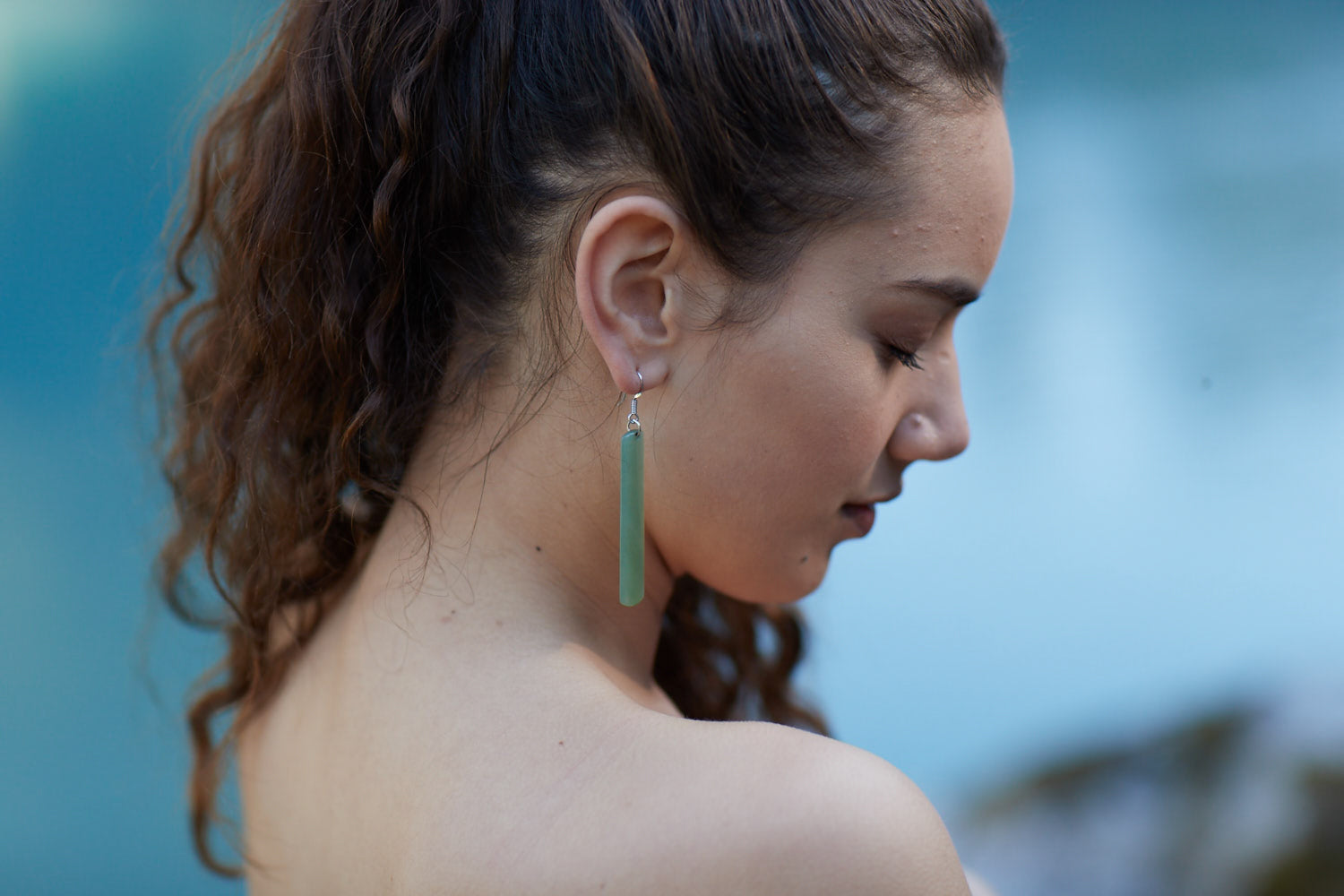
Maori Earrings
Jade earrings are an understated way to bring the precious stone into your life. Whether studs or drop earrings, jade creates a tie to the land and one's heritage. As...
-

Maori Earrings
Jade earrings are an understated way to bring the precious stone into your life. Whether studs or drop earrings, jade creates a tie to the land and one's heritage. As...
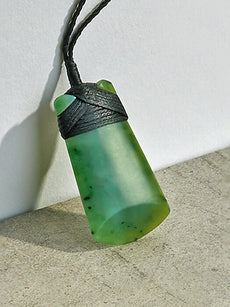
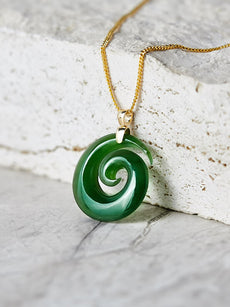
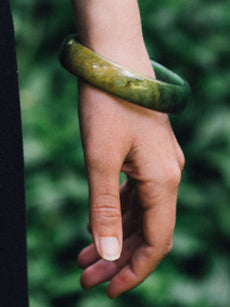
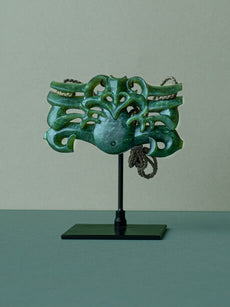
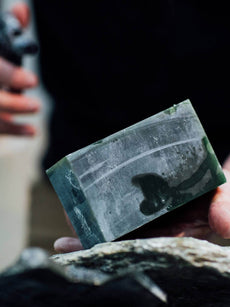
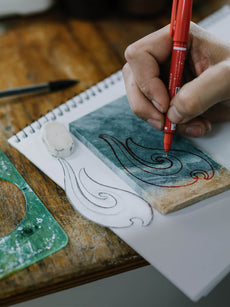

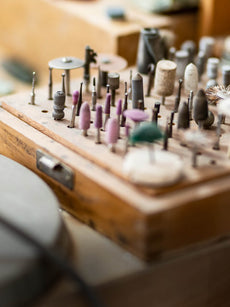

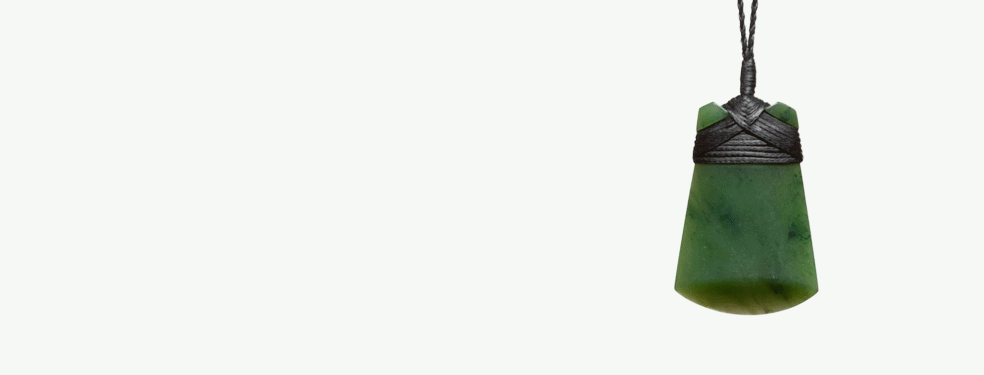
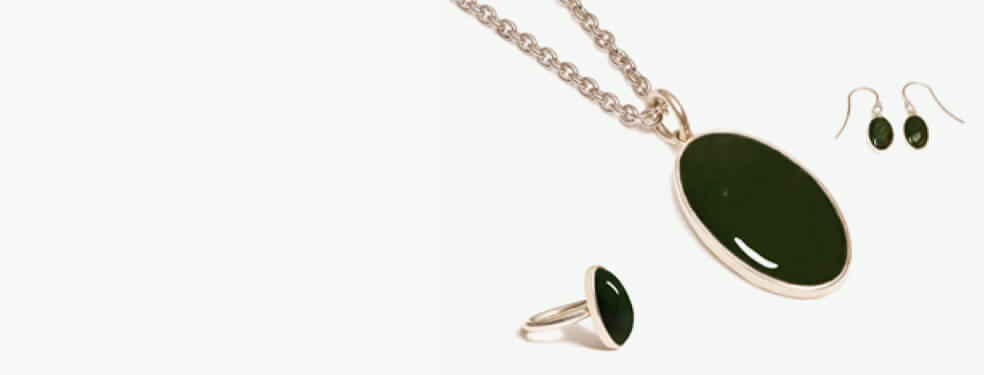




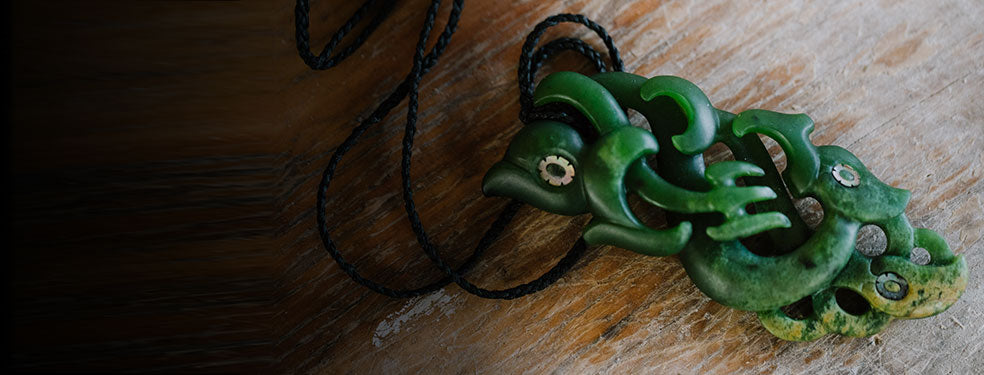



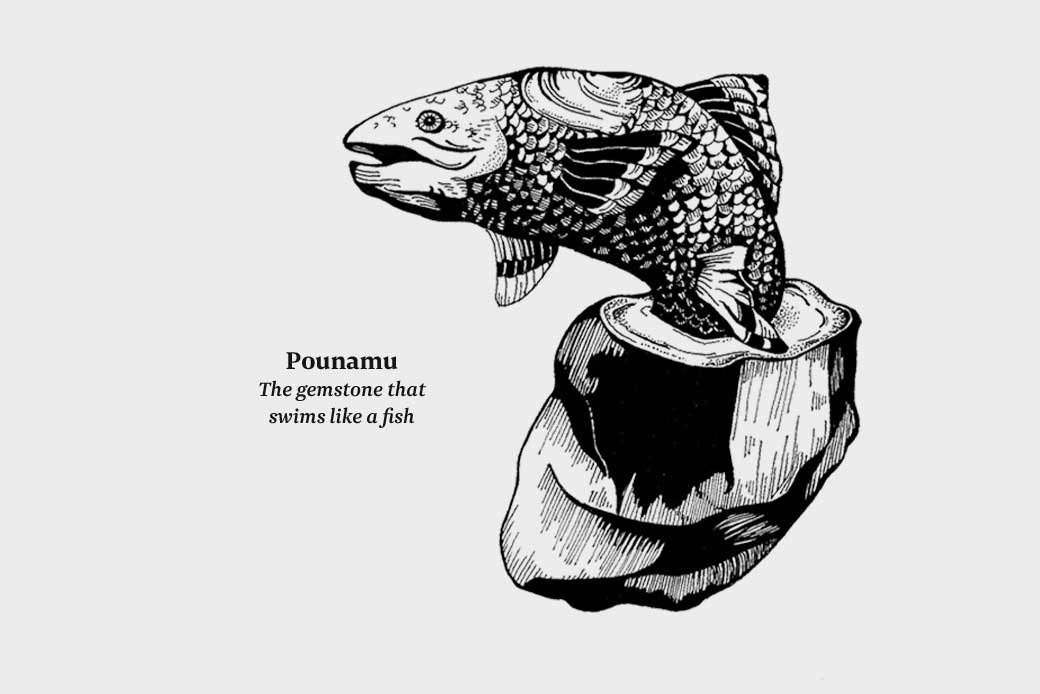

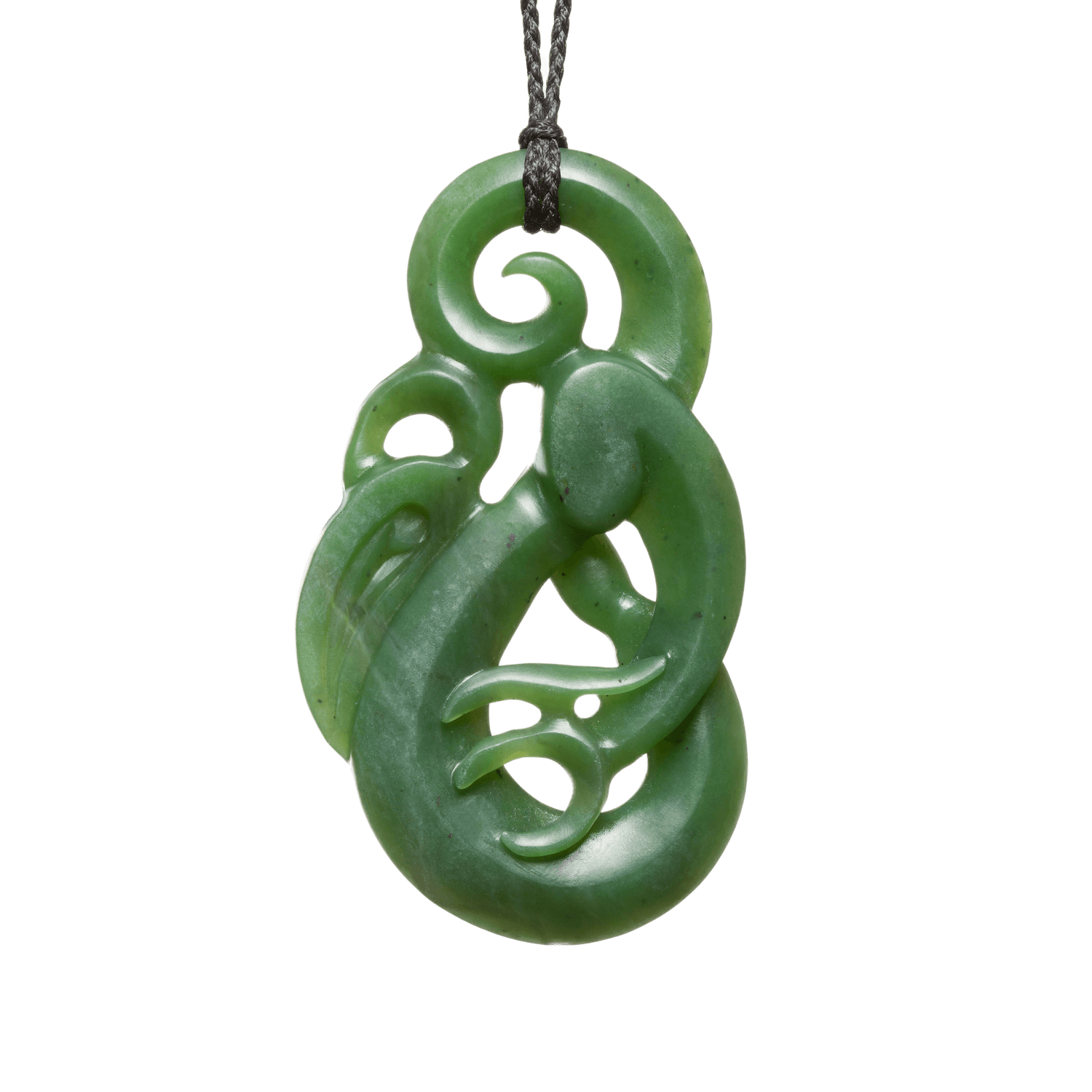
Follow Us
Stay in the know on new releases, special offers, and more.